
BOOK


CHECK RATES AND AVAILABILITY
Your island escape, just a few clicks away.
Check in | Check out
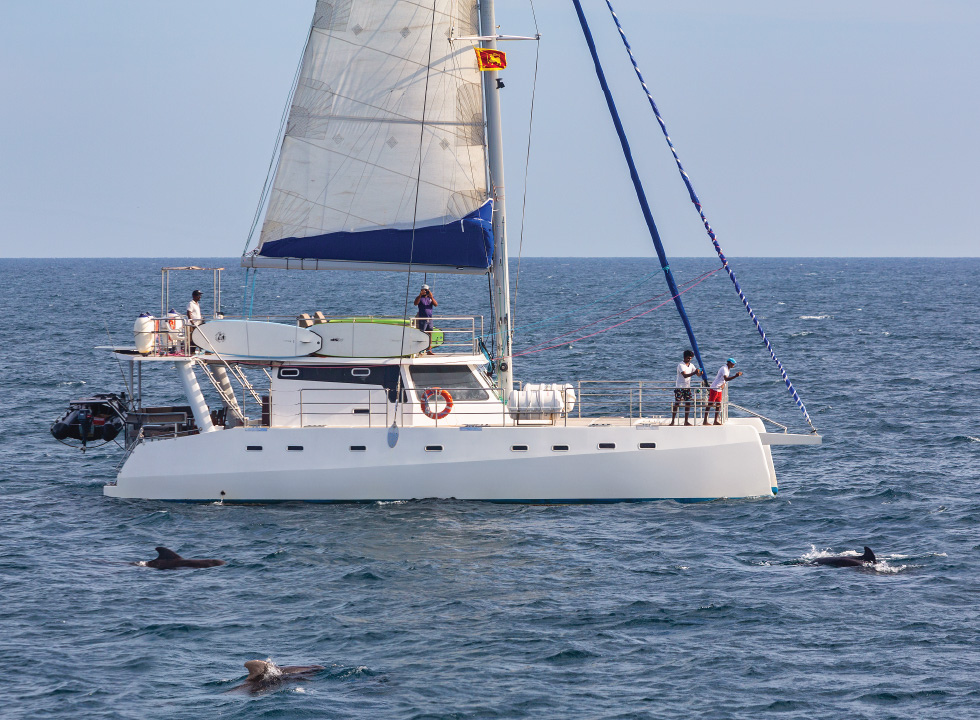
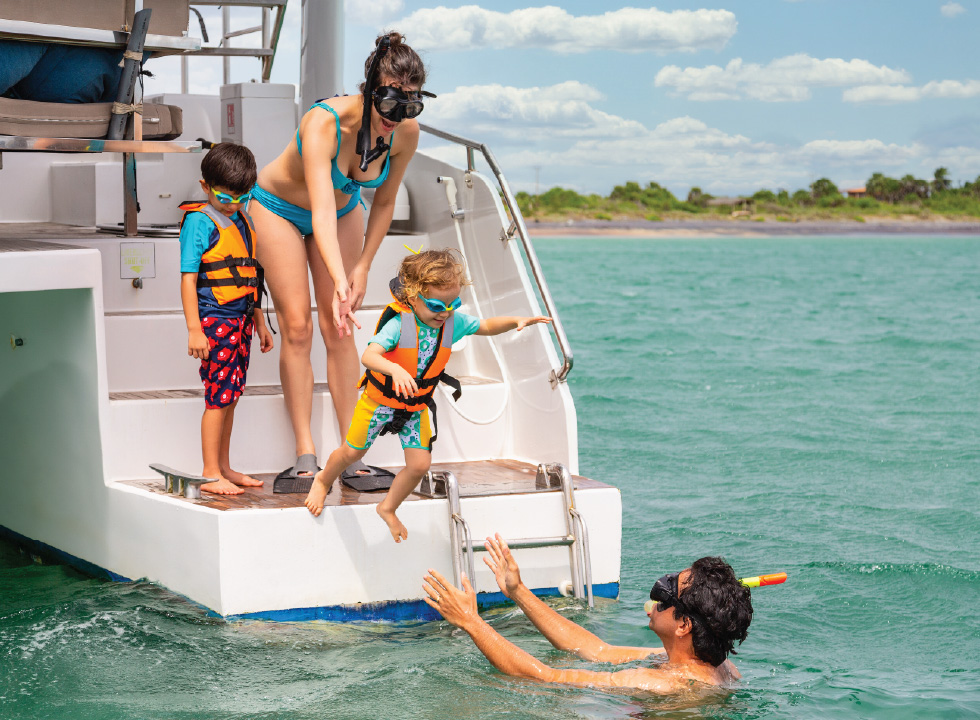
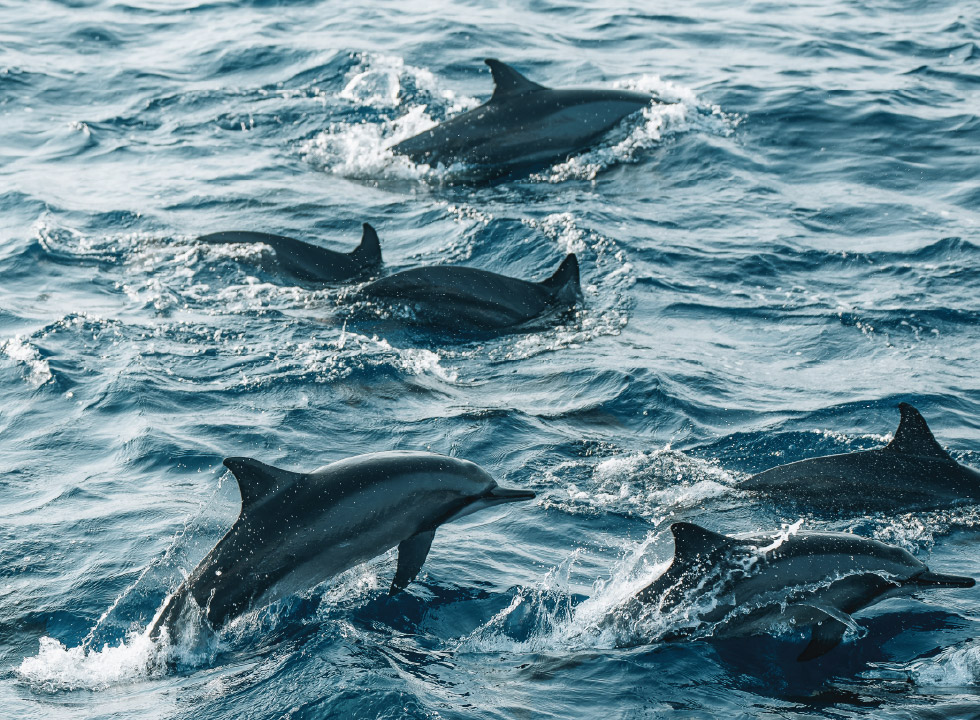
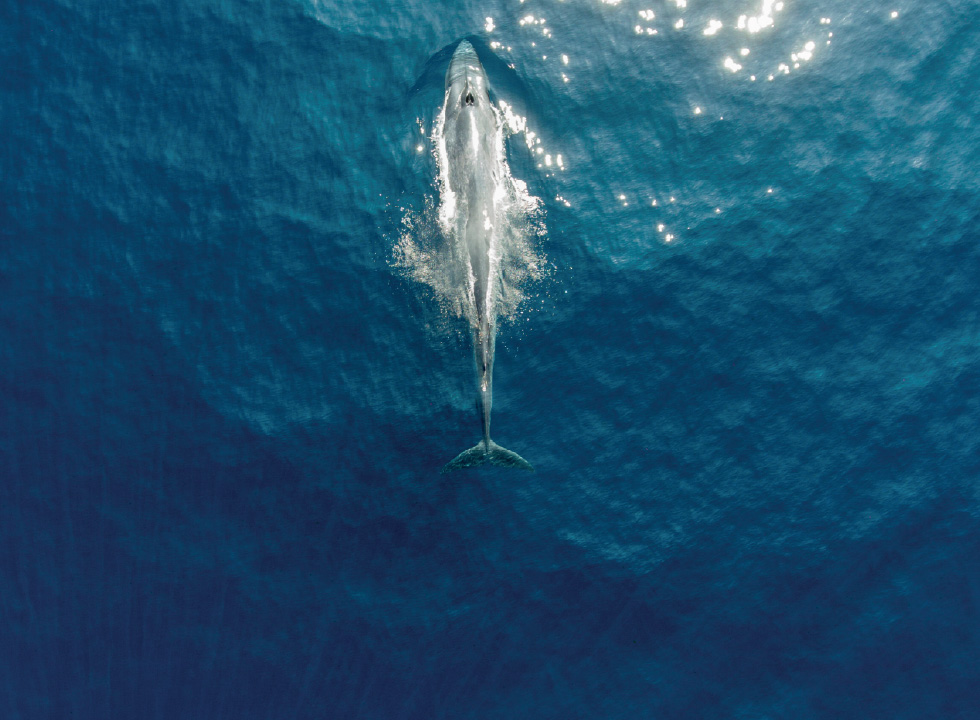
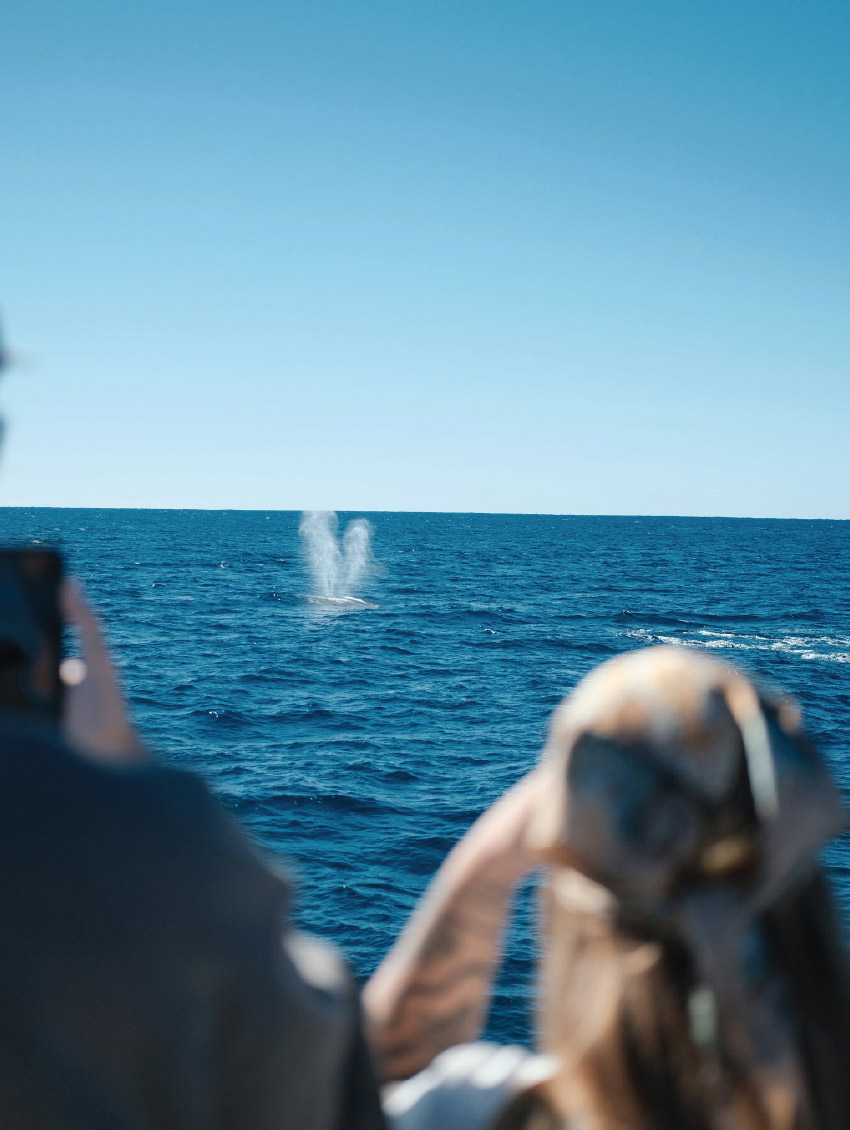
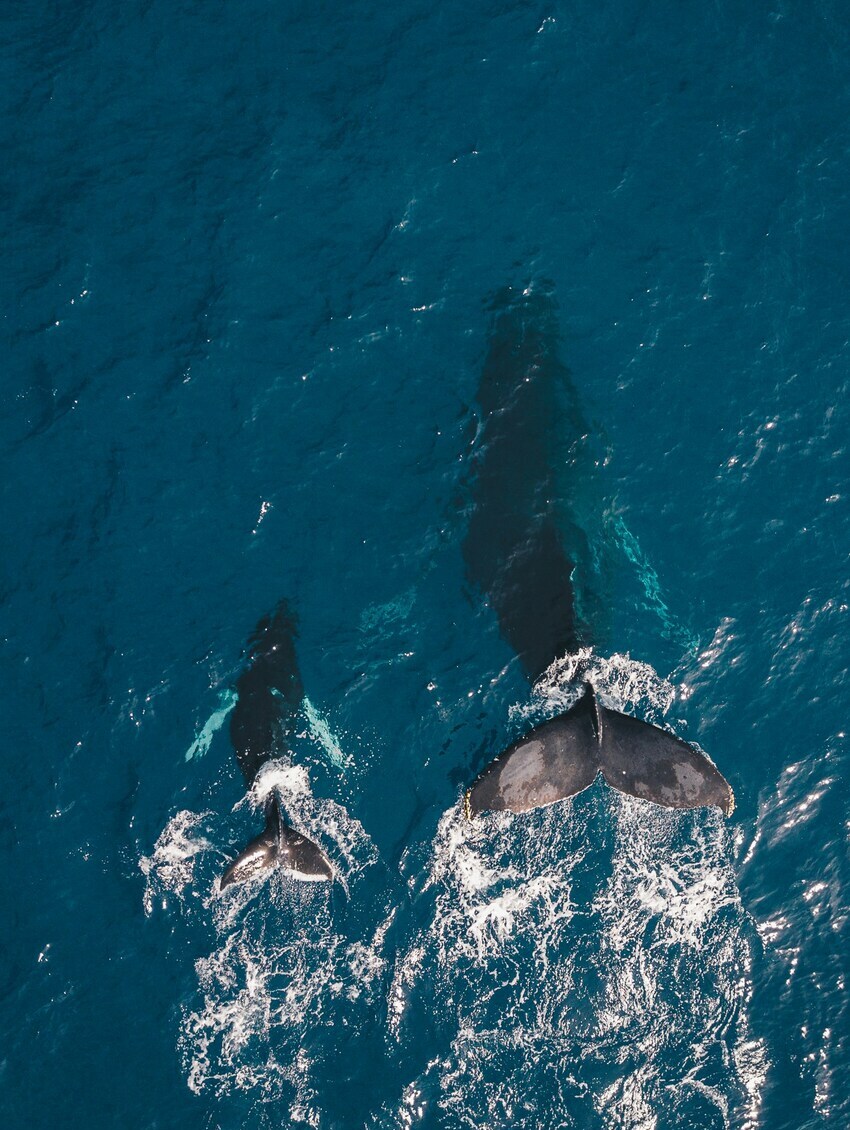

Sri Lanka’s nutrient-rich waters attract over 25 cetacean species, including blue whales, sperm whales, Bryde’s whales, orcas, false killer whales, and beaked whales. Among dolphin species, spinner, bottlenose, and Risso’s dolphins are common, while Fraser’s dolphins, Pantropical spotted dolphins, striped dolphins, and finless porpoises are also found in Sri Lankan waters.
Whale watching is generally suitable for children of the age 4 years and above, especially when done with licensed operators who follow safety guidelines. However, the long hours at sea and early starts may not suit very young children. Children below 12 years must be accompanied by a parent or guardian.
We recommend taking motion sickness tablets 30 minutes prior to getting on board the boat, or airplane, if you choose to do whale watching by air.
Swimming with whales is illegal in Sri Lanka and we advise against booking with any operator that promotes whale swimming. While the allure of getting closer may be tempting, responsible tourism means respecting these boundaries that are in place to protect endangered species and supporting ethical operators who prioritise your safety and marine welfare.
The duration of a whale watching tour is usually 4-7 hours. Durations can vary based on the transfer times to and from your hotel to the departure point, the location of marine mammals and time spent on the sighting (with a group, you’ll spend less time compared to a chartered trip) and the speed of the vessel concerned (speed boats are much faster than larger vessels or catamarans).
Choose ethical and licensed companies that follow wildlife guidelines. An ethical operator will be diligently trained to maintain a safe distance from the whales and carry safety gear and life jackets for passengers.